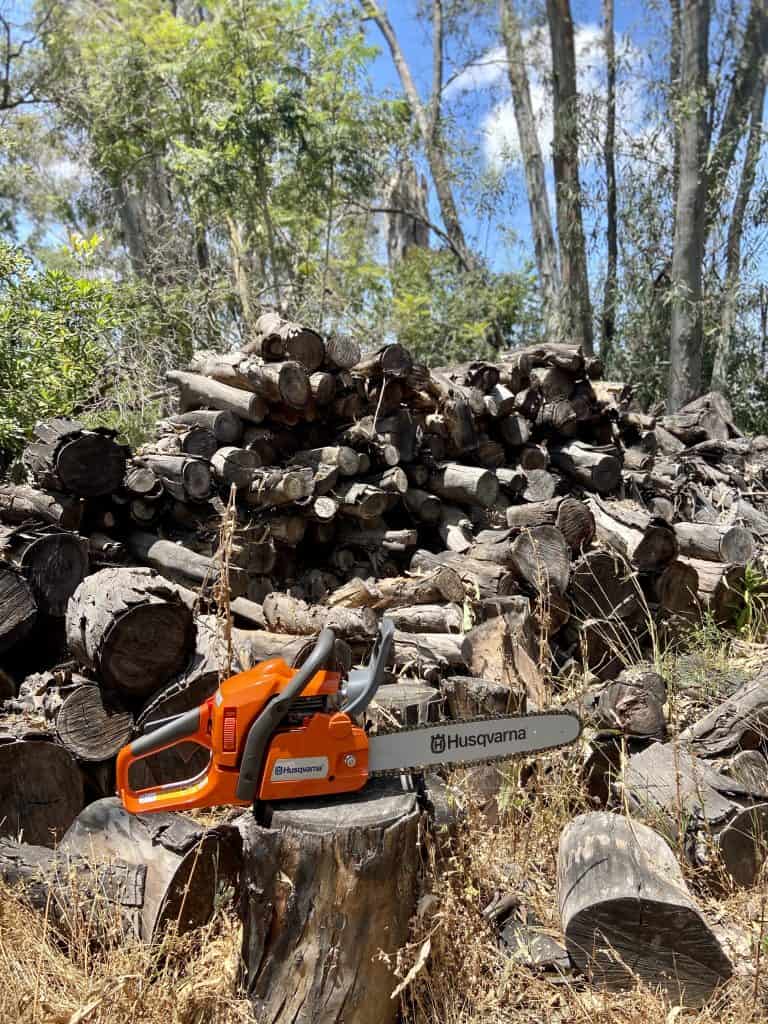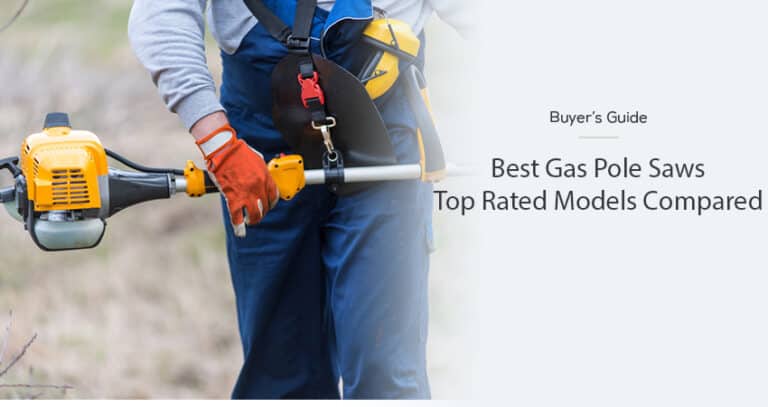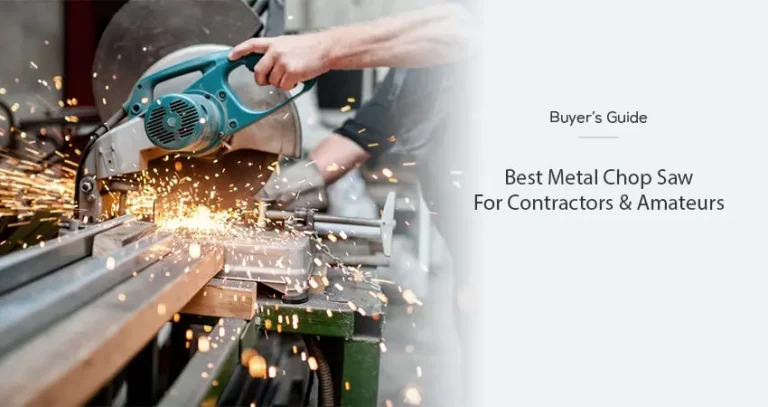A quality chainsaw can be a fairly expensive purchase, prompting people to ask how long it will last before it needs replacement. A chainsaw is a robust tool that can last from 5 to 10 years, but with proper care and maintenance, it can last a lifetime. Certain factors will contribute negatively or positively to the lifespan of your chainsaw.
Contents
What Is the Life Expectancy of a Chainsaw?
If the chainsaw is cared for according to the manufacturer’s instructions, the saw can be expected to last for 5 to 10 years or more. Most chainsaws are built for rugged work, which gives them a certain level of inherent durability.
A chainsaw that is maintained with a higher level of diligence can last a lifetime, depending on contributing factors that we will discuss.
Many factors determine the lifespan of a chainsaw; some are manufacturer related, while others are in the hands of the buyer.
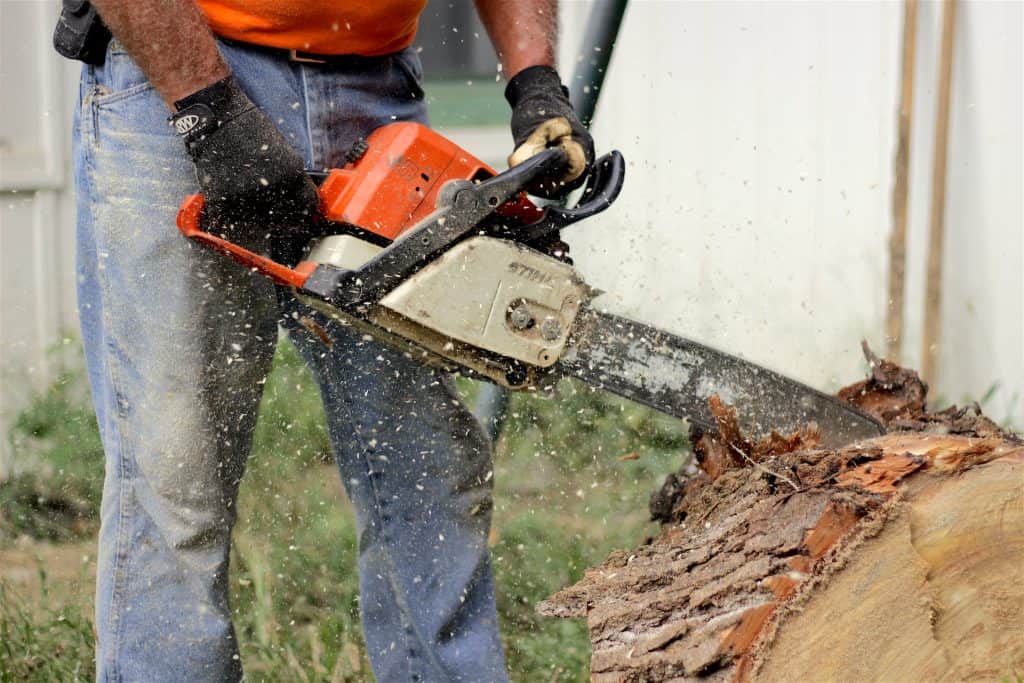
What Determines How Long a Chainsaw Will Last?
There is a difference between how long a chainsaw lasts and how long parts on a chainsaw last. A chainsaw has consumable parts that wear out during normal use and must be replaced periodically.
When we talk about how long a chainsaw will last, we are referring to the machine itself and not the consumable components such as the chain, bar, sparkplugs, sprockets, and similar components.
The following are factors that can contribute to or reduce the lifespan of a chainsaw.
1. Chainsaw Quality
There is a perception that you get what you pay for, which is true in most cases when rugged tools are purchased.
The quality of the parts and materials, the engineering and workmanship in the design and production, and the chainsaw assembly can affect how long it will last.
Higher-priced chainsaws from reputable brands have a higher price tag for a reason. The company’s history in producing the saw and the quality of the materials used to manufacture the saw make for a more expensive product.
The additional quality will influence the longevity of the chainsaw, and it will significantly outlast cheaper versions.
Does this mean you should always buy the most expensive chainsaw? No, it means you should buy a chainsaw that can handle the tasks you will use it for, which will make it last longer.
Chainsaws built to handle rugged work are made with stronger, more robust materials and engineering and will last longer than lower-quality saw used for heavy-duty work.
If you only use your chainsaw for light-duty or infrequent work, a lower-priced, lower-quality chainsaw can last as long as an expensive saw if it is maintained correctly.
2. Regular Maintenance
Many people see a chainsaw as a rough, ready, hardworking tool that does not require much care. This perception leads many people to neglect the basic maintenance of their chainsaws and still expect them to last indefinitely.
While a chainsaw is a rugged machine that can take much more abuse than many other tools, regular maintenance will extend the saw’s lifespan.
Maintaining your saw according to the manufacturer’s recommendations will, at minimum, keep the saw running for many years.
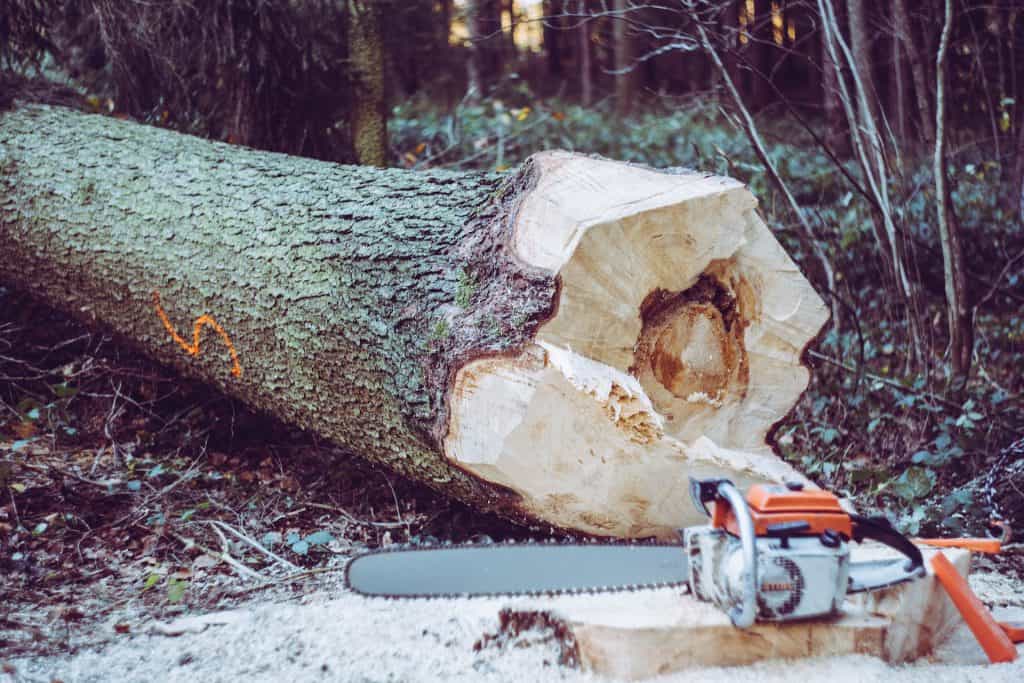
3. Frequency of Use
A chainsaw is made for hard work, but using the saw every day for rugged work will lower the life expectancy of the tool. Professionals that use these tools every day will need to replace them more often.
Lighter or less frequent use will extend the life of the chainsaw, which makes it important to buy a saw of appropriate quality for the work you expect it to perform. If you just need a chainsaw for cutting firewood a few times a year, you should expect it to last for a long time (over a decade).
The frequency of use is not the only factor in the usage equation that affects the life of the saw. The type of work the saw does on a regular basis will also play a role.
Frequent chainsaw use in a light-duty capacity will have less wear on the motor than frequent heavy-duty work.
How to Extend the Life of Your Chainsaw
You can take steps beyond the maintenance recommendations of the owner’s manual to make your chainsaw last longer and perform better.
1. Clean the Chainsaw Air Filters
Chainsaws are air-cooled and also suck air into the motor as part of the combustion process for the fuel. The air filters on the chainsaw ensure clean air is supplied to the motor for cooling and combustion.
Clogged air filters reduce the airflow causing the motor to run hot. The hotter an engine runs, the more wear the motor experiences when it is used.
Inefficient combustion will also affect the inner engine components by causing carbon build-up, which can lead to premature breakdowns.
2. Use Quality Fuel in Your Chainsaw
Many people skimp on the fuel they buy for their chainsaws to save a few bucks here and there. This action can cost you more in the long term when it reduces the time your chainsaw lasts.
Lower-quality fuel can impact the efficient running of the motor, causing it to work harder in the cut. Working harder than necessary causes additional wear to the chainsaw motor. A hardworking motor also generates more internal heat, reducing the engine components’ life.
3. Increase the Oil Ratio in the Fuel
Most engine-driven chainsaws have two-stroke engines that require the oil to be mixed into the fuel before the fuel is added to the chainsaw.
The oil in the fuel serves to lubricate the motor internally and keep the engine running smoother and cooler.
Most modern two-stroke chainsaw manufacturers have reduced the recommended oil ratio in the fuel mix from 30:1 to 50:1 to cater to increased demands to lower engine emissions.
This change has been recommended without any change to the engine design. The lower amount of oil in the fuel translates to less cooling and lubrication effect of the oil, reducing engine life.
Increase the oil ratio slightly in the fuel mixture for your chainsaw, and it will extend the life of the saw.
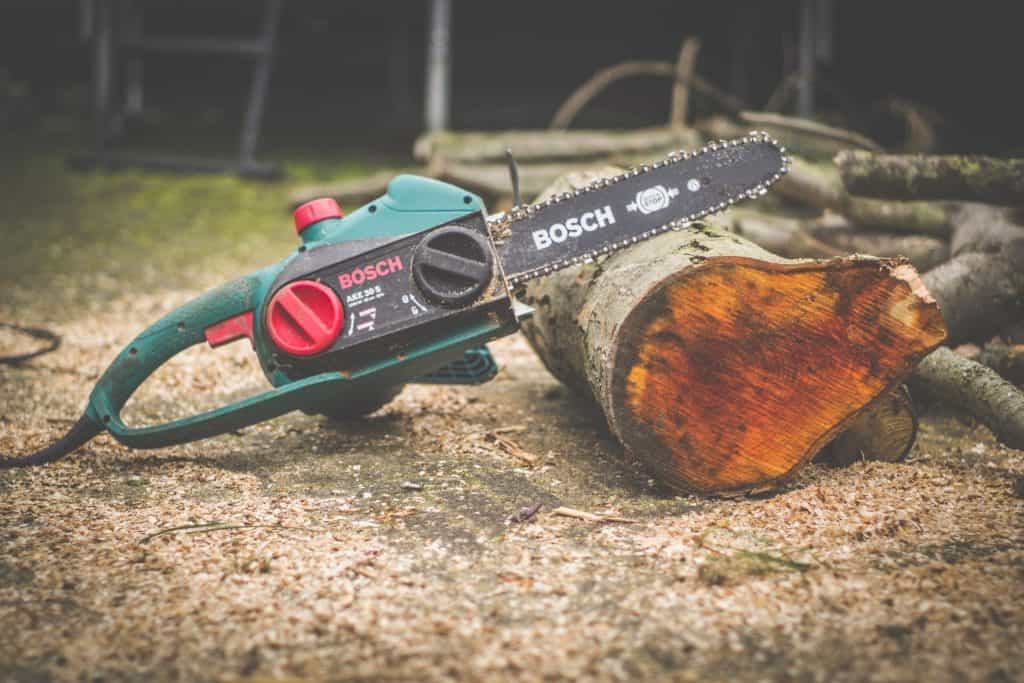
4. Clean Under the Chainsaw Covers
Woodchips, dust, and dirt accumulate under the covers of your chainsaw. This debris can clog sprockets and other moving parts, block ventilation, and generally hinder the saw’s performance.
Remove the chainsaw’s outer covers and clean out all this debris daily, especially after a day of continuous use in harsh conditions.
Performing this maintenance task daily before using the saw will reduce the engine’s work and allow it to run cooler, extending the life of the chainsaw.
5. Replace Parts as Needed
Typically, various parts on your chainsaw will break long before you need to replace the saw. Or, as time goes on, they will get worn, and you’ll get better performance by replacing them.
One example is the chain itself. You should be regularly sharpening the blade. Even with frequent sharpening using a reliable chainsaw sharpener, you’ll need to replace the chainsaw chain at some point as well.
The chainsaw bar should last a lot longer, but it also needs replacing.
Beyond those two key parts, pay attention to the seals on your chainsaw. These can corrode over time and cause leaks.
Conclusion
Chainsaws are robust tools that can be expected to last a long time, even with frequent use. The life of the chainsaw can be extended by following the manufacturer’s maintenance requirements and adding a few extra maintenance routines of your own to give your saw a little extra TLC!
